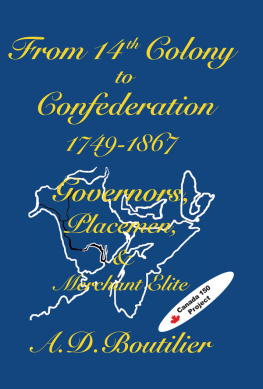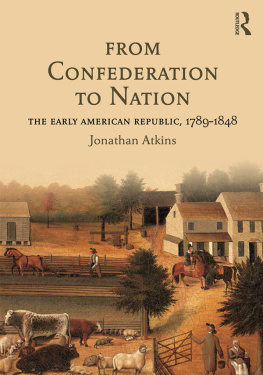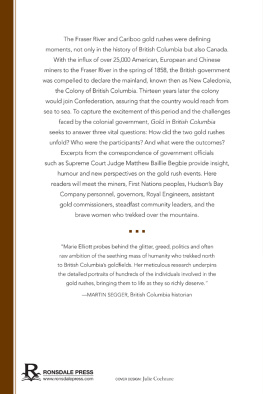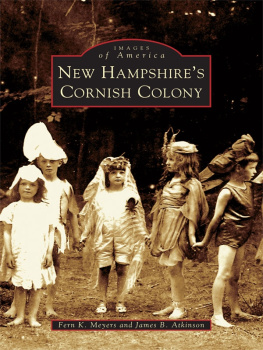Contents
Landmarks
From 14th Colony to Confederation 1749-1867
Governors, Placemen, & the Merchant Elite
by
A. D. Boutilier

New World Publishing
P. O. Box 36075
Halifax, N.S., Canada B3J 3S9
1-877-211-3334
www.newworldpublishing.com
Although all sources have been thoroughly researched to ensure the accuracy and completeness of the information contained in this book, we assume no responsibility for errors, inaccuracies, omissions, or any inconsistency included herein. The characters in this historical publication are both correct, true and real depictions from research; any perceived slights to individuals or organizations are unintentional.
Published by: | New World Publishing, P.O. Box 36075, Halifax, N.S., B3J 3S9 Canada 1-877-211-3334 |
Copyright: | 2014, 2016 Alex D. Boutilier
2017 New World Publishing (Canada) | 
|
New World Publishing acknowledges the Province of Nova Scotia and ACCESS Copyright for their ongoing support of our publishing program for the benefit of all Nova Scotians and Canadians.

Managing Editor: Francis G. Mitchell
Editors: Rosanne Dempsey, Francis Mitchell
Proofing: Alex Boutilier, Virginia Houston
Graphic Design, Typography & Layout: New World Publishing & Designs
Sketches, Paintings: historical from archival sources, as indicated
Photography: NWP publications/archives and F. G. Mitchell
Cover Concept: Francis Mitchell, Alex Boutilier, Virginia Houston
Cover Design: New World Designs
Library and Archives Canada Cataloguing in Publication
Boutilier, Alex, 1940 -, author, From 14th Colony to Confederation, 1749-1867: governors, placemen, and the merchant elite / by Alex Boutilier.
Includes bibliographical notes and index. Issued in print and electronic formats. ISBN 978-1-895814-66-8 (softcover) --ISBN 978-1-895814-67-5 (PDF: ePub3)
1. Halifax (N.S.) -- Social conditions -- 18th Century. 2. Halifax (N.S.) -- Social conditions -- 19th Century. 3. Halifax (N.S.) -- History--18th Century. 4. Halifax (N.S.) -- History -- 19th Century. I. Title.
FC2346. 2017 | 971.622501 | C2017-901373-4
C2017-901374-2 |
All rights reserved. No part of this publication may be reproduced, stored in a retrieval system, or transmitted in any form by any means without the prior written permission of the publisher, except for brief quotations in critical reviews or articles. In the case of photocopying or other repro-graphic copying, a license must be obtained from Access Copyright, 1 Yonge Street, Suite 800, Toronto, Ontario M5E 1E5 Canada 1-800-893-5777. International rights are only available from the original publisher.
This first edition was printed in Canada by Marquis
Printings: 2 3 4 5 6 7 8 9 10 | 
|
Dedication
Dedicated to the memory of my son Ren
Acknowledgements
Carrying out the research for this publication was as enlightening as it was enjoyable. Following the trials and tribulations of Nova Scotians on their rocky road to Confederation has strengthened my belief that the world is indeed a very small place. The story of Nova Scotia is the story of everywhere.
Among those who assisted me on my journey to write this specific story, I would especially like to acknowledge and thank my wife Rosanne, who was with me every step of the way: from helping me with my research, to typing every page, and for facilitating the process with her expert technical computer support.
I also owe a debt of gratitude to Dr. Colin Howell and each of the professors in the history department at Saint Marys University for their help and encouragement, as well as acknowledging the assistance given me by the staff at the Patrick Power library.
Thanks also to Garry Shutlak, Senior archivist at the Nova Scotia Archives, for giving of his time and sharing his expert knowledge of this subject. In addition, a special thank-you goes to Archivists Phillip Hartling and Andrea Robbins for providing photos and sketches exclusive to the NSARM.
This volume depended on much previous work, published and unpublished, by many committed individuals with a passion for the history of Colonial Nova Scotia to those and many other historians who have added their names to this particular investigation, one is both immensely grateful and thankful.
Lastly, I want to extend singular thanks to my publisher, Francis Mitchell, for his belief in me, for his suggestions, and for the times he steered this project in a better direction.
Publishers Remarks
This is an unique story, combining rigorous research into the history, social conditions and personalities that led to the founding of the first town within what came to be known as the 14th Colony. It has been written in such a way as to be accessible to a wide range of readers and interests, yet the chapter notes and historical chronology permits historians and researchers to quickly access the information and sources employed, thereby creating a book for everyone interested in the story of how this region came to be from its initial settlement to Confederation. It is truly a Canada 150 production.
In the beginning, the British colonial plan was to establish five original and almost simultaneous settlements within this colony, but that did not occur as planned, and only exigent circumstances, the passage of time and the right mix of personalities were necessary for it to evolve. Remember, this territory from 1749 to some thirty years thereafter encompassed all three Maritime Provinces and a portion of Maine, while the final border was not settled until after the War of 1812. Only after subsequent groups such as the Montbeliards and German settlers arrived in 1751-52, did the region of Lunenburg become a town; while other towns/counties such as Shelburne, Yarmouth, Annapolis, and Saint John, NB only evolved after the coming of the Loyalists at the conclusion of the American War of Independence (Revolutionary War).
The organization of this book is based around the Governors and the role each played: some positive, others marginal and some pivotal in the ultimate drive towards representative, then responsible government and nationhood, which paralleled the evolution of what Joseph Howe termed a middling class during the latter years. Prior to that development, communities consisted of three groups: the military, the ruling elite, and the poor and downtrodden the latter with no access to economic or political opportunities or power and little chance to improve their status in life. Then consider Les Acadiens and the Mikmaq, who were not only excluded from this growth, but the former were harshly exiled in the process, while the aboriginal peoples were largely ignored and relegated to the back pages of history. Had it been different, Nova Scotia would likely be more populous and diverse today.
















